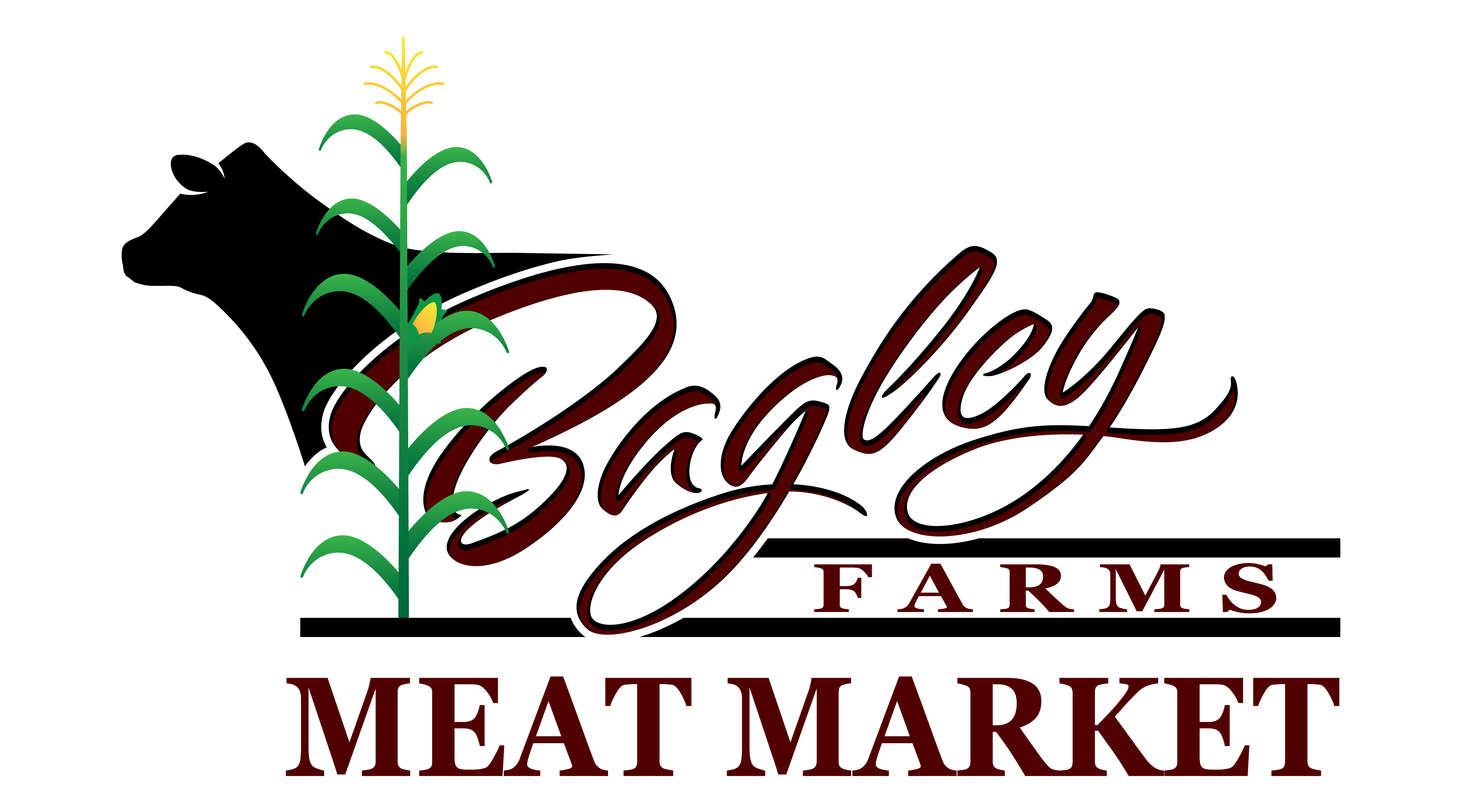The Nutritional Advantages of Incorporating Beef Tallow Into Your Diet
Beef tallow has actually garnered focus for its distinct dietary account, which includes an abundant range of essential fatty acids and fat-soluble vitamins that can sustain overall health and wellness. The effects of incorporating this traditional fat right into contemporary nutritional practices welcome a closer examination of its prospective benefits and drawbacks.

Nutrient Profile of Beef Tallow
Beef tallow boasts an abundant nutrient account that makes it a useful enhancement to different diet regimens. Largely made up of saturated and monounsaturated fats, beef tallow is around 50-60% hydrogenated fat, which adds to its security at high cooking temperature levels. This feature makes it an exceptional option for frying and toasting, as it withstands oxidation and maintains its nutritional quality.

Moreover, beef tallow is without trans fats, making it a healthier option to many vegetable oils. Its nutrient thickness not only supplies power however additionally aids in the absorption of nutrients from various other foods. As a traditional food preparation fat, beef tallow can boost the flavor of meals while adding to general dietary intake, lining up well with numerous nutritional preferences, including ketogenic and low-carb diet regimens.
Health And Wellness Perks of Healthy And Balanced Fats
Integrating healthy fats like those found in beef tallow into the diet can produce many health and wellness advantages that support general wellness. Healthy and balanced fats play a crucial role in maintaining cellular structure, hormonal agent production, and nutrient absorption. They are crucial for optimum mind feature, as the mind is made up of almost 60% fat, predominantly healthy fats.
One notable benefit of healthy fats is their contribution to heart health (where to buy beef tallow). Contrary to outdated beliefs that all fats add to heart disease, research studies suggest that healthy and balanced fats can enhance cholesterol levels and reduce swelling, inevitably decreasing the danger of heart problem. Additionally, fats, such as those found in beef tallow, are a steady source of power, giving continual gas for exercises and metabolic processes
Additionally, healthy fats can aid in weight monitoring by promoting satiety, which can help in reducing over-eating. They likewise support the absorption of fat-soluble vitamins, consisting of A, D, E, and K, improving overall nutrient uptake. By including beef tallow and various other healthy fats right into the diet plan, individuals can boost their nutritional profile while taking pleasure in a wide range of health advantages that foster long life and vitality.

Food Preparation With Beef Tallow
Cooking with beef tallow provides a tasty and flexible alternative for a selection of cooking applications. This rendered fat, stemmed from beef, boasts a high smoke point of about 400 ° F(204 ° C ), making it ideal for frying, sautéing, and roasting - where to buy beef tallow. Its durable taste enhances meals, presenting a rich, mouthwatering quality that matches various components
Beef tallow is specifically fit for typical food preparation approaches, such as deep frying, where it can create a superb crust on veggies and meats. The fat's ability to hold up against heats without damaging down makes certain that you attain crunchy appearances while preserving wetness within the food. In addition, its secure nature indicates it can be recycled several times for frying, making it a cost-efficient selection check over here for home chefs and expert kitchen areas alike.
In baking, beef tallow can function as a replacement for butter or shortening, providing an unique depth of taste to breads and pie crusts. It can be included into gravies and sauces, enhancing their taste and offering a lush mouthfeel. By embracing beef tallow in your food preparation collection, you can raise your meals while harnessing its dietary advantages.
Comparisons With Various Other Fats
When reviewing food preparation fats, beef tallow stands apart in contrast to various other usual choices such as vegetable oils, butter, and lard. Among the most remarkable differences is the fat structure. Beef tallow is primarily made up of monounsaturated and saturated fats, which are much more secure at high temperatures, making it much less susceptible to oxidation than polyunsaturated veggie oils. This stability boosts its viability for sautéing and frying, where higher warmth is frequently used.
On the other hand, while butter contains helpful nutrients like my company fat-soluble vitamins, it has a lower smoke point and can shed conveniently. Lard, similar to tallow, has a positive fat account however might have greater levels of polyunsaturated fats, depending upon the pig's diet regimen.

Vegetable oils, usually marketed as healthier options, can be extremely refined and consist of trans fats, which have actually been connected to adverse health impacts. In addition, the omega-6 fats prevalent in many vegetable oils can add to inflammation when consumed over. Generally, beef tallow uses an one-of-a-kind equilibrium of taste, security, and dietary advantages that can make it a better selection in numerous cooking applications.
Integrating Beef Tallow Into Cuisines
Beef tallow can be effortlessly incorporated into a variety of meals, enhancing both taste and dietary value. This rendered fat, abundant in monounsaturated fats and vitamins A, D, E, and K, functions as a flexible cooking tool. It is perfect for high-heat applications such as frying and roasting, where it can pass on a tasty depth to veggies, meats, and also baked goods.
When sautéing, consider using beef tallow as opposed to typical oils to boost the taste of stir-fries or vegetable assortments. For a heartier taste, try incorporating it right into mashed potatoes or velvety sauces, where its rich uniformity can produce an extravagant mouthfeel. Furthermore, beef tallow Resources can be used as a base for sauces, adding a durable taste profile that enhances a variety of dishes.
For those discovering baking, substituting beef tallow for butter or reducing in pie crusts can yield a half-cracked, tasty result. When cooking, brushing tallow on meats can boost wetness retention and provide a fascinating sear. By thoughtfully including beef tallow into your dishes, you can take pleasure in not just enhanced tastes but additionally the amazing dietary benefits it supplies.
Conclusion
Integrating beef tallow into the diet gives significant dietary advantages, including crucial fats and fat-soluble vitamins that boost overall wellness. The beneficial equilibrium of hydrogenated fats adds to boosted nutrient absorption and energy stability. In addition, the culinary adaptability of beef tallow makes it an appealing choice for numerous cooking methods. Overall, the combination of beef tallow right into dishes can sustain health and wellness, making it a valuable addition to a balanced diet plan.
Mostly made up of saturated and monounsaturated fats, beef tallow is roughly 50-60% saturated fat, which contributes to its stability at high cooking temperatures. As a conventional cooking fat, beef tallow can enhance the flavor of recipes while adding to total dietary intake, lining up well with different dietary preferences, including ketogenic and low-carb diet regimens.
Including healthy and balanced fats like those discovered in beef tallow into the diet can yield countless wellness advantages that sustain total health. By integrating beef tallow and other healthy fats into the diet regimen, people can enhance their nutritional profile while enjoying a plethora of health advantages that cultivate durability and vitality.
When assessing cooking fats, beef tallow stands out in contrast to other usual choices such as vegetable oils, butter, and lard.